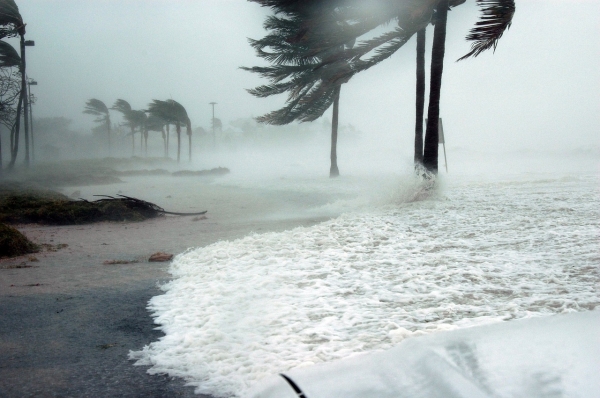On Sept. 26, 2024, Hurricane Helene slammed into the Gulf Coast of Florida, inducing storm surges and widespread impacts on communities in its path. At the same time, NASA’s Atmospheric Waves Experiment, or AWE, recorded enormous swells in the atmosphere that the hurricane produced roughly 55 miles above the ground. Such information helps us better understand how terrestrial weather can affect space weather, part of the research NASA does to understand how our space environment can disrupt satellites, communication signals, and other technology.
These massive ripples through the upper atmosphere, known as atmospheric gravity waves, appear in AWE’s images as concentric bands (artificially colored here in red, yellow, and blue) extending away from northern Florida.
“Like rings of water spreading from a drop in a pond, circular waves from Helene are seen billowing westward from Florida’s northwest coast,” said Ludger Scherliess, who is the AWE principal investigator at Utah State University in Logan.
Read more at NASA/Goddard Space Flight Center
Photo Credit: Pixabay
Sci/Tech Climate Top Stories
